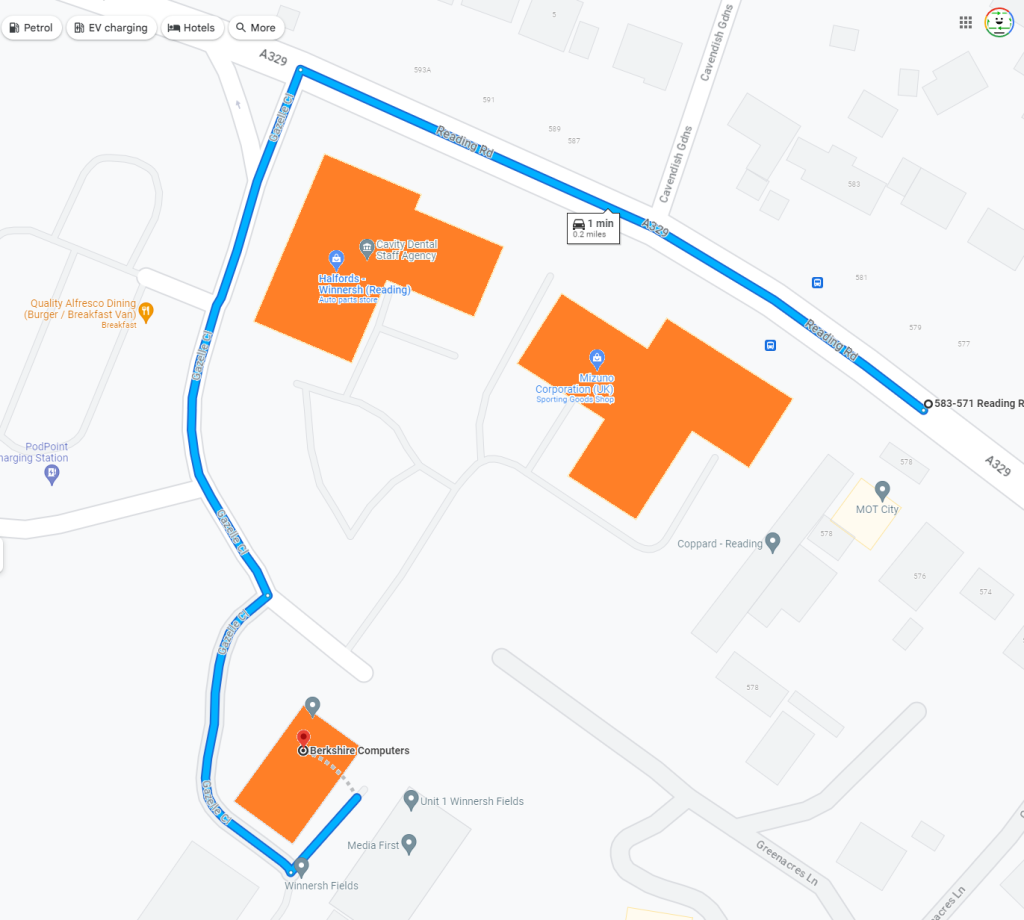Resolving 100% Disk Usage: Troubleshooting Steps for Your Computer
Have you ever encountered the frustrating issue of your disk usage pegging at 100% seemingly without reason? This can create a slew of problems, from sluggish system performance to unresponsive applications. Recently, a user faced a similar challenge while gaming, leading to a crash accompanied by numerous other applications struggling to function. Upon inspecting the task manager, the user noticed that disk usage was maxed out, yet no processes appeared to be utilizing significant resources.
If you find yourself in a similar predicament, you’re not alone. Let’s delve into the potential causes and solutions for resolving this perplexing issue.
Common Causes of 100% Disk Usage
-
Background Processes: Sometimes, background services may not show substantial resource usage but can still consume significant disk space. Look for processes such as Windows Search, Superfetch, or any updates in progress that might be contributing.
-
malware or viruses: One of the more alarming possibilities is infection by harmful Software. Running a comprehensive antivirus scan can help identify any potential threats.
-
Faulty Drivers: Outdated or corrupted drivers, especially for storage devices, can lead to poor performance and abnormal disk usage.
-
Disk Fragmentation: If you are using a traditional hard drive (HDD), fragmentation can slow down performance. Regularly defragmenting your disk can help maintain optimal performance.
-
System Settings: Configuration settings like the “Windows Search” feature and “Superfetch” can, at times, create unnecessary load on your disk.
Steps to Troubleshoot and Resolve
1. Check Task Manager:
Take a closer look at your Task Manager (Ctrl + Shift + Esc). Switch to the ‘Processes’ tab and sort by disk usage to identify any unusual activity.
2. Disable Unnecessary Services:
If you find that services like Windows Search or Superfetch are problematic, consider disabling them temporarily. You can do this by accessing the ‘Services’ application and locating each service on the list.
3. Run Antivirus Software:
Perform a full system scan with up-to-date antivirus Software to check for malware that could be causing unusually high disk usage.
4. Update Drivers:
Ensure that all your device drivers, especially for the storage controllers, are up to date. You can do this through the Device Manager or by visiting the manufacturer’s website.
5. Free Up Disk Space:
Share this content:



